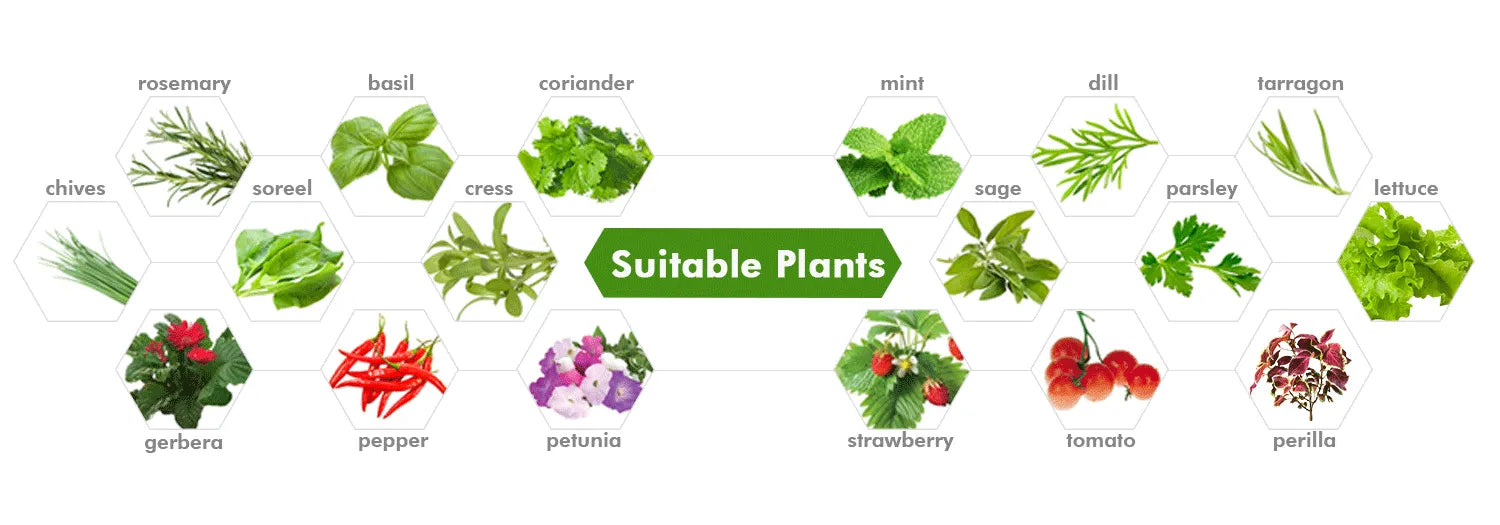Learn About Space From Earth
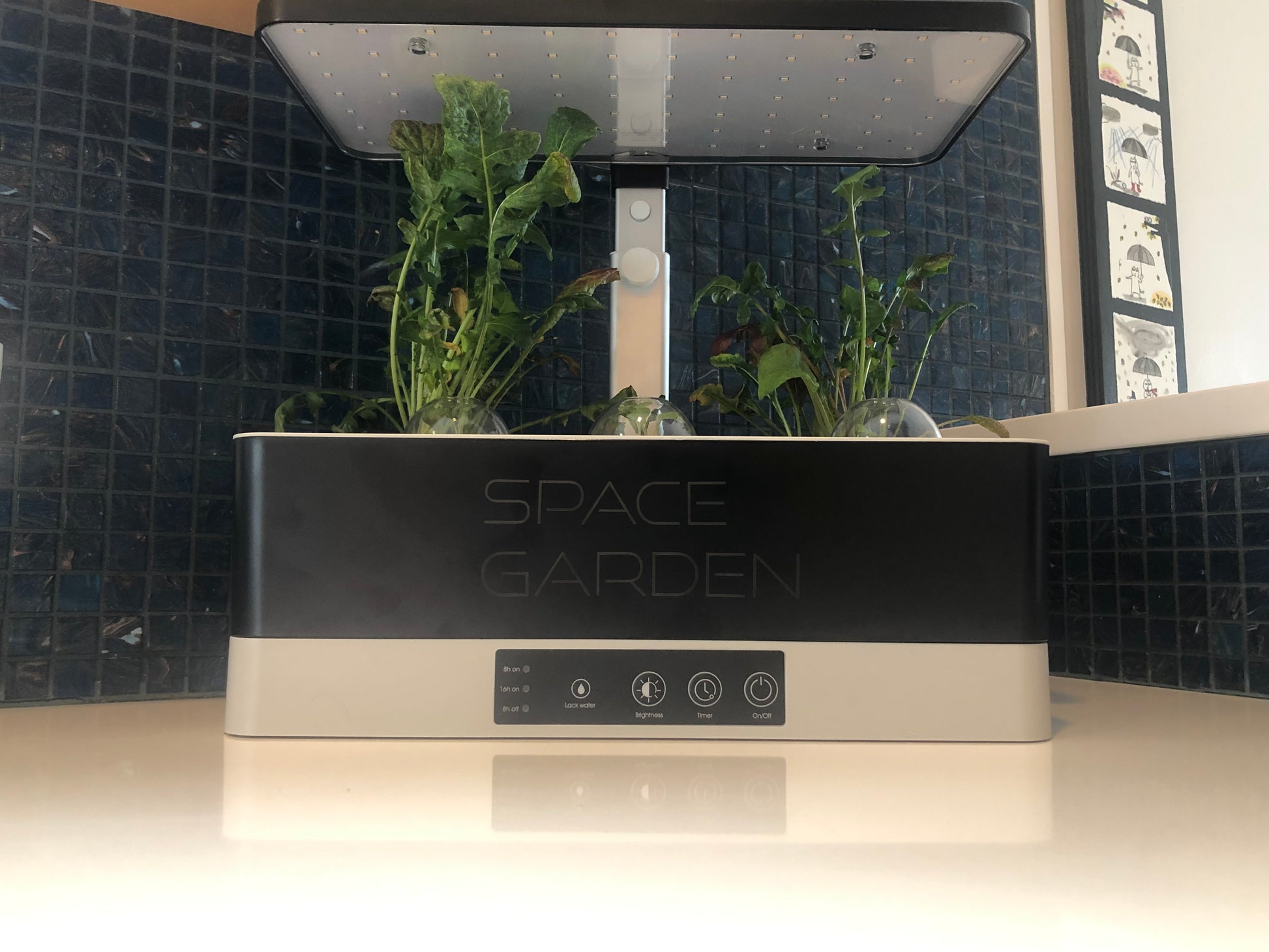
Space Garden Bundle
Everything you need to run a successful space garden. The bundle includes the main Space Garden plant lab, seeds, pruners, a pH meter, and cool space stickers to customize your Space Garden.

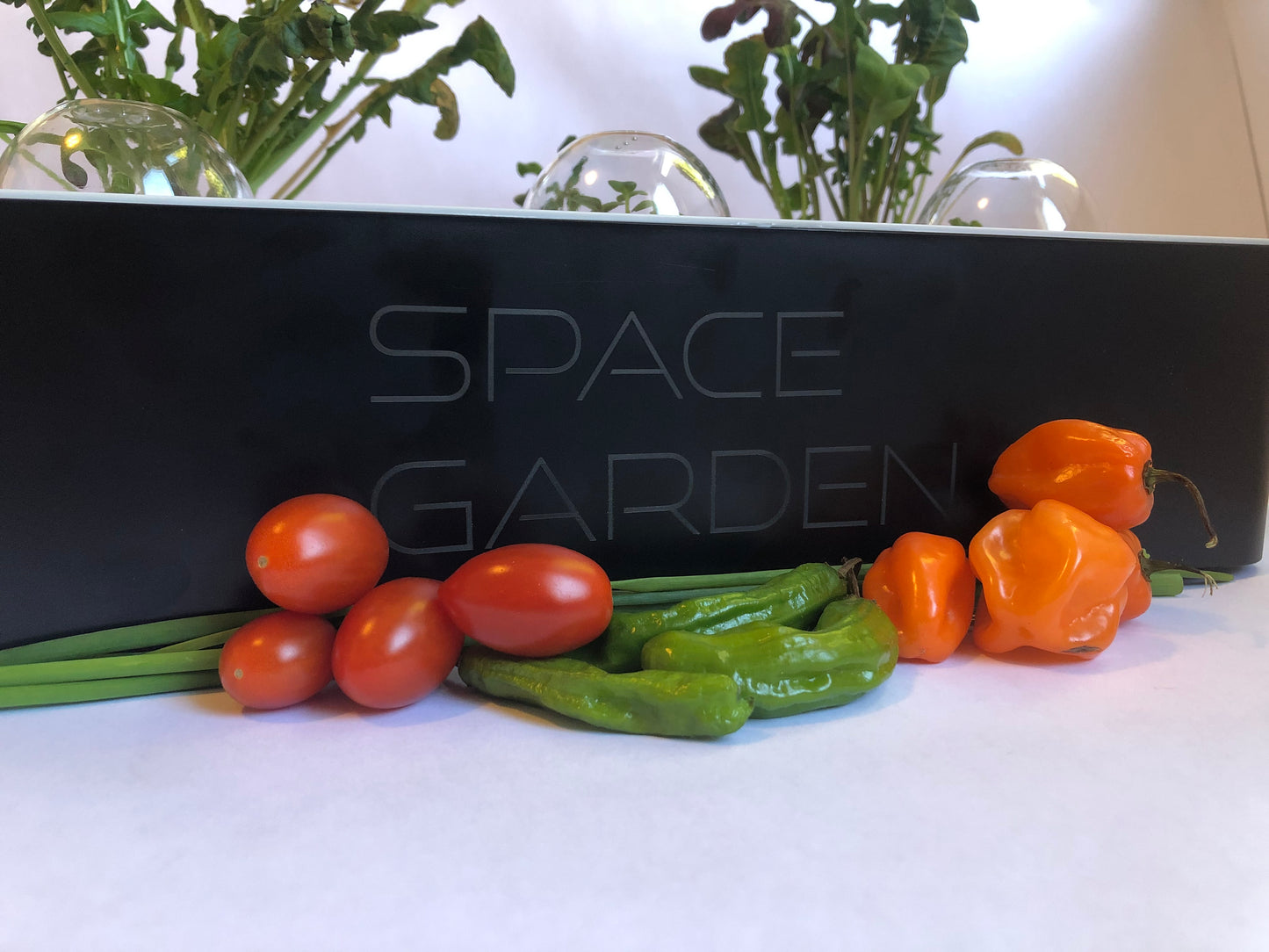
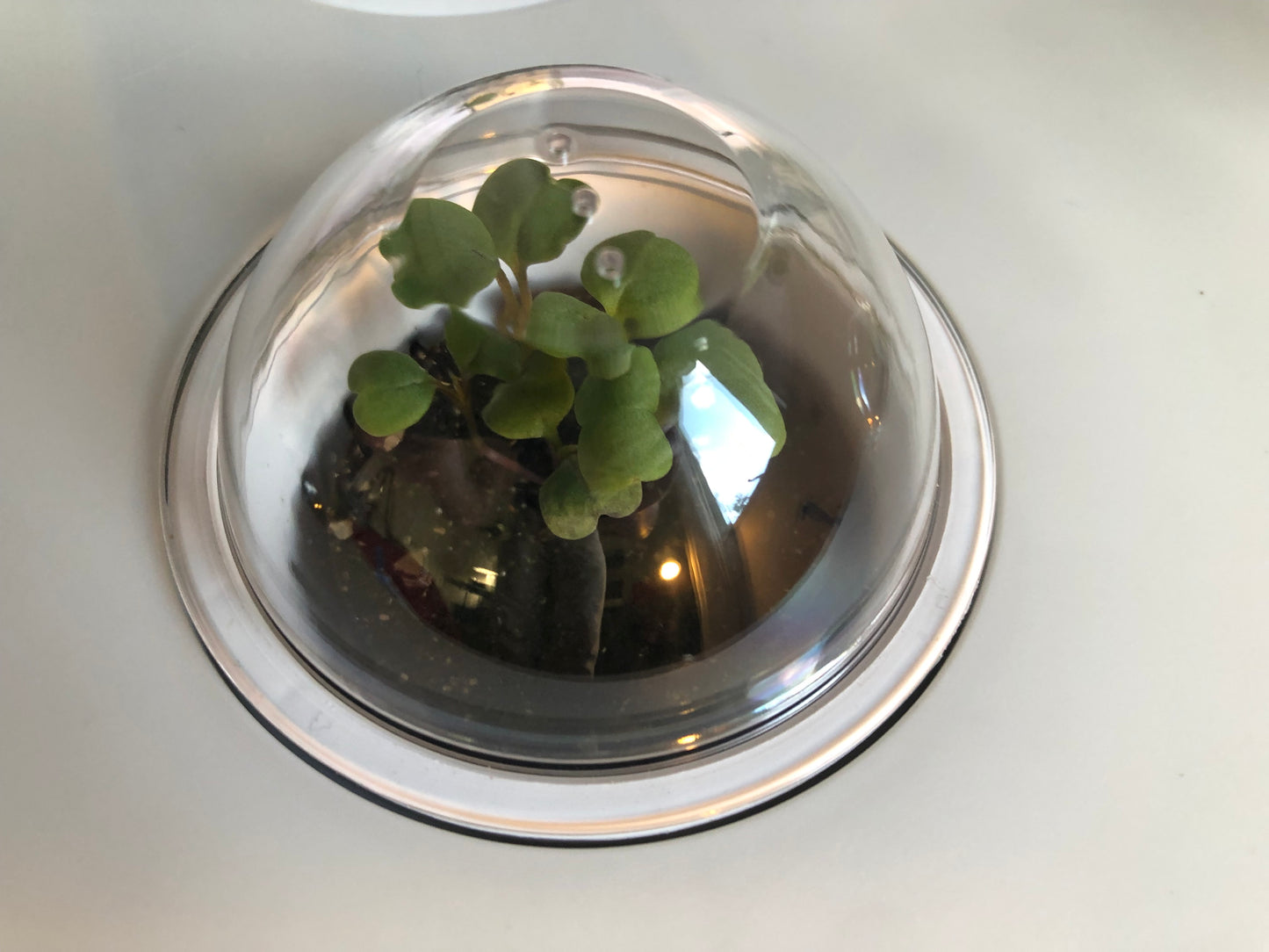
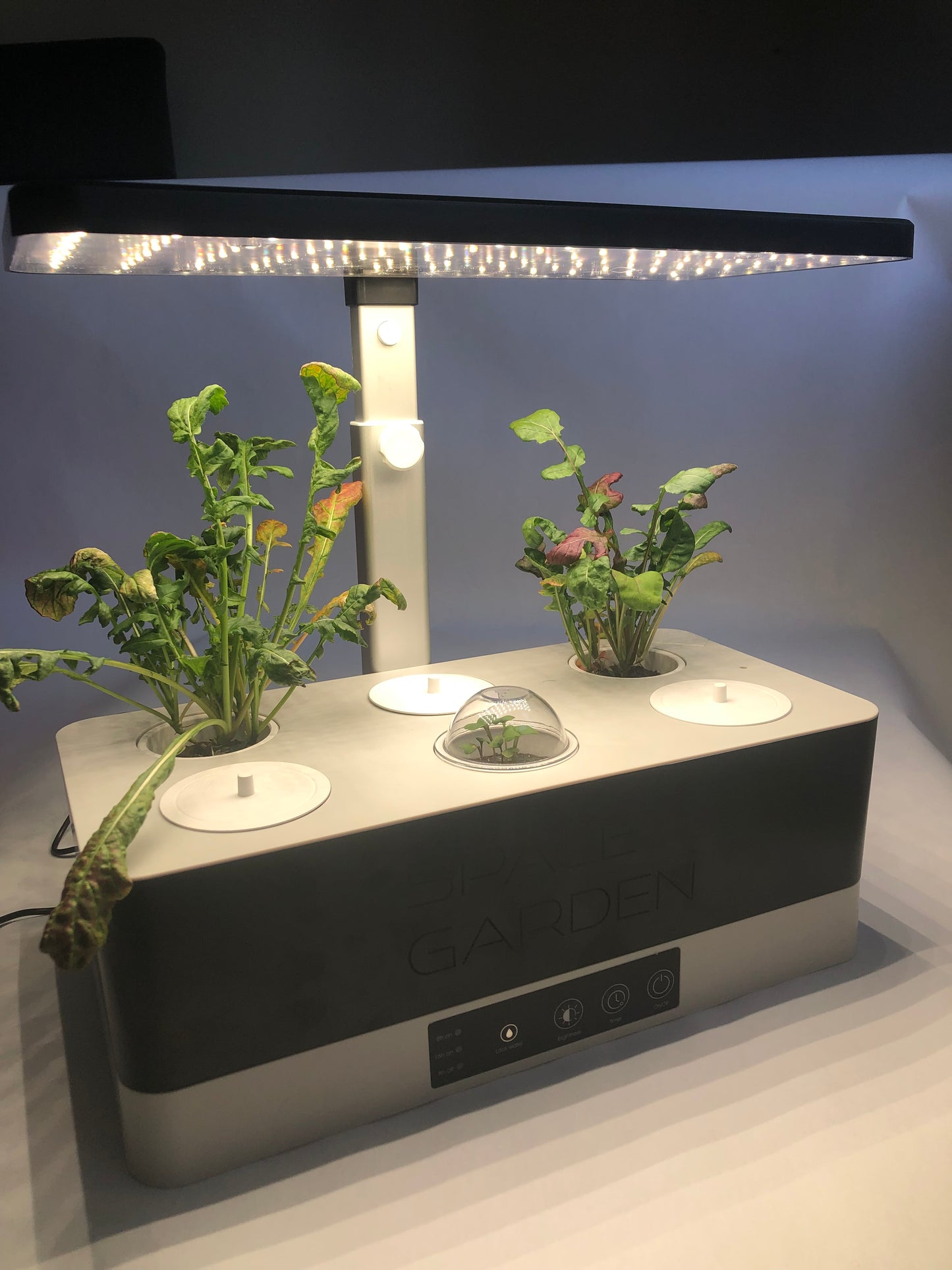
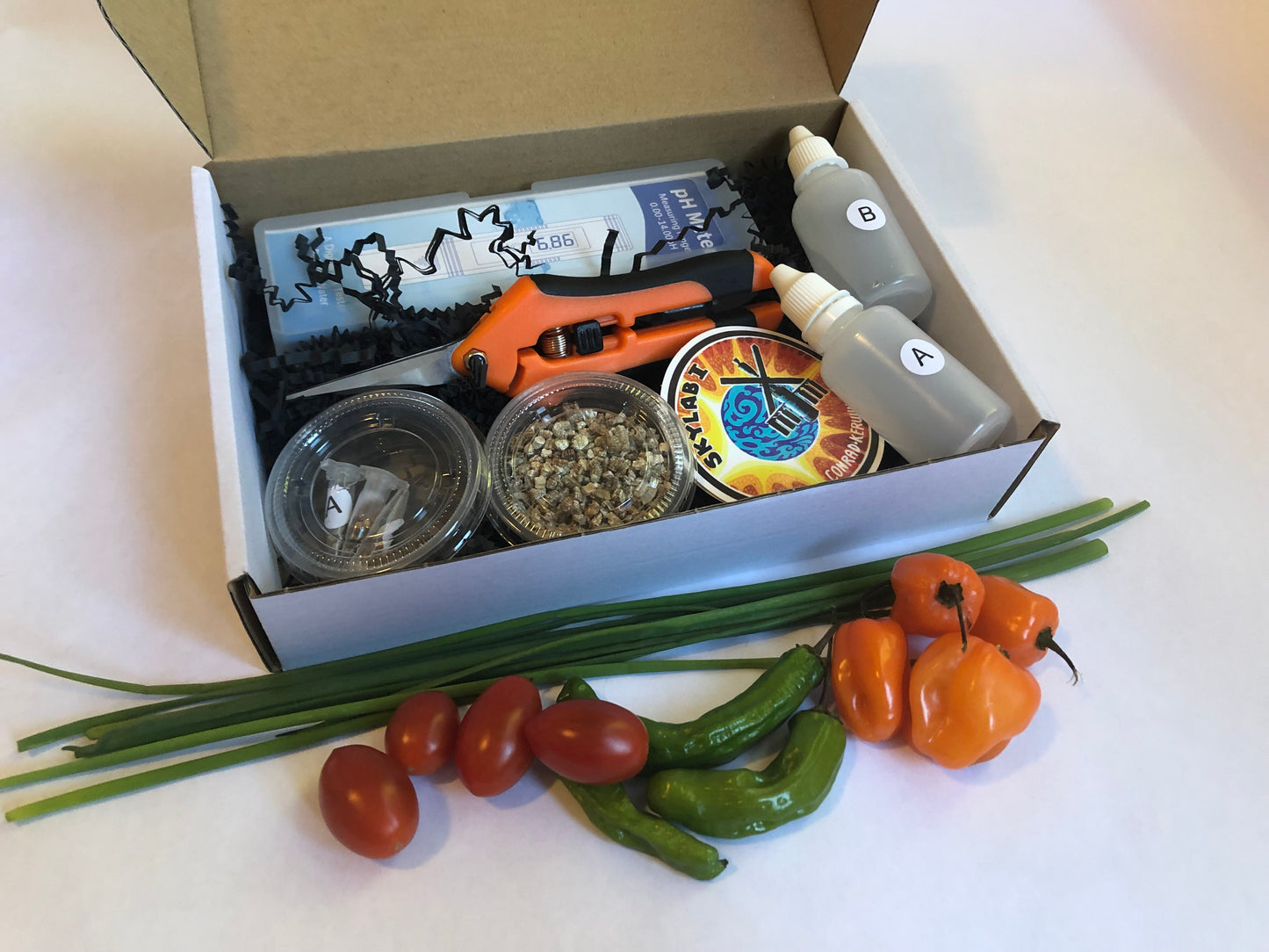
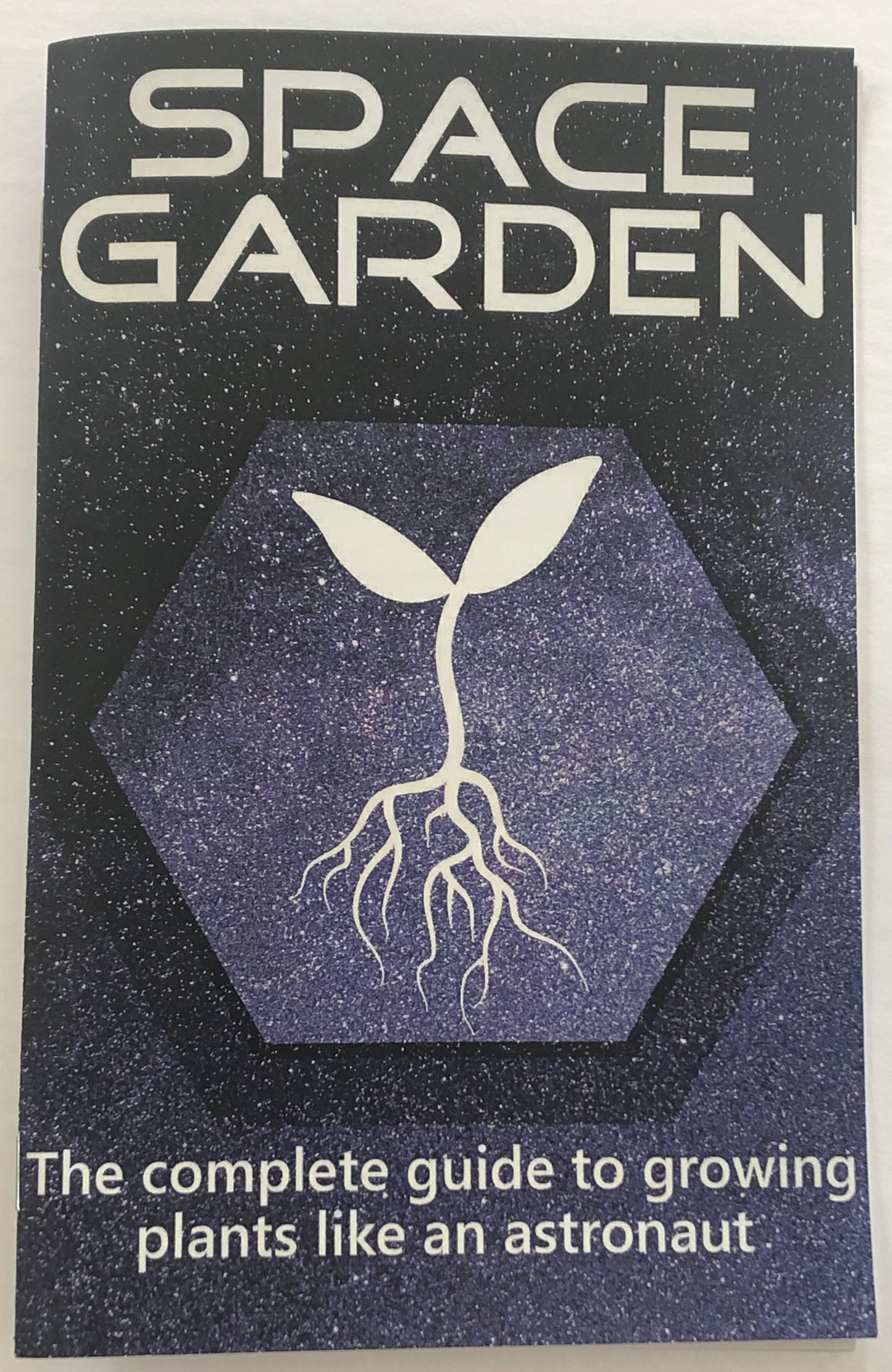
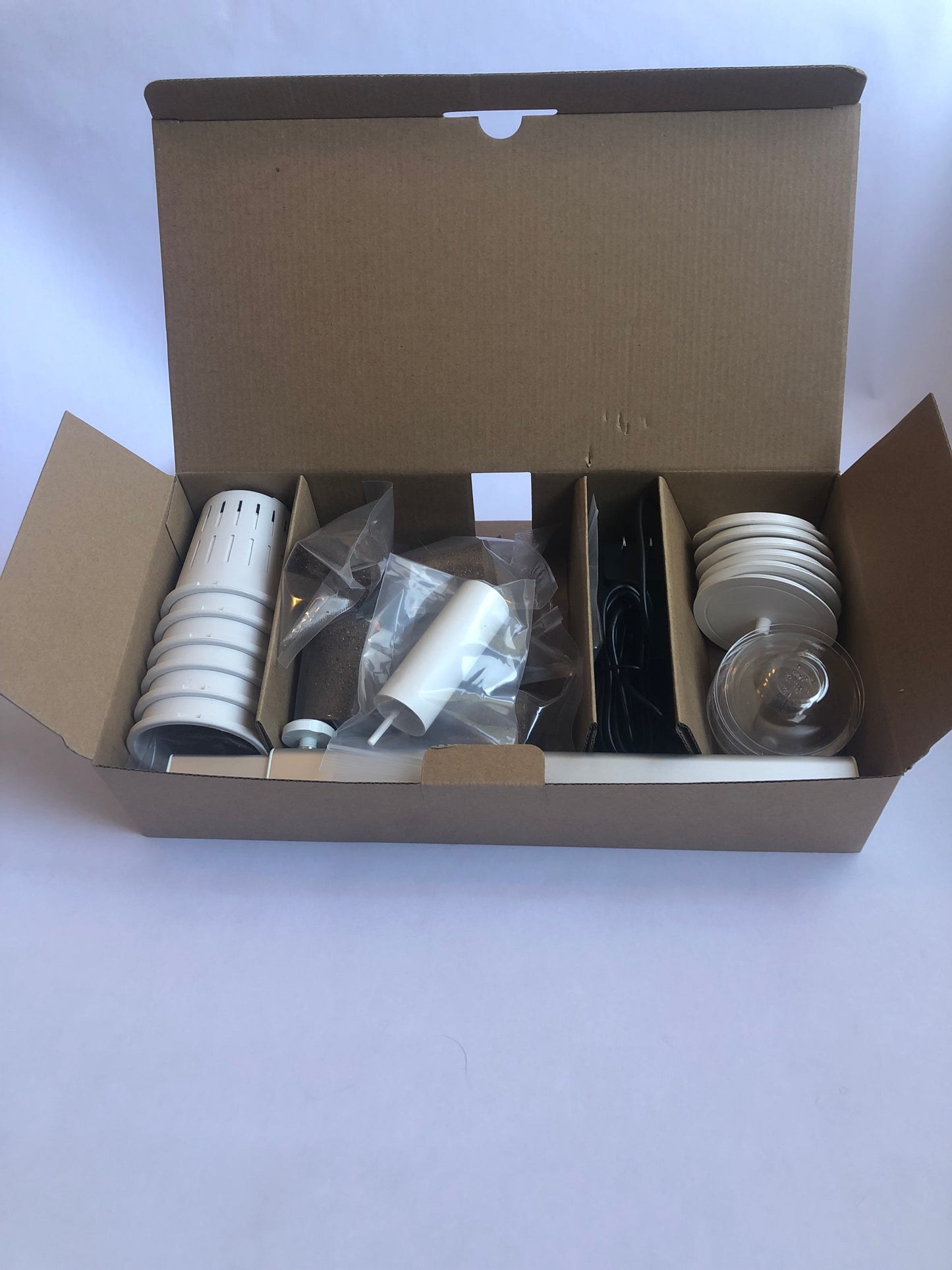
Food in Space
In 1946 the first seeds were launched into space. As we started to put people into space we and understood that the food paste feeding our astronauts was not going to be a sustainable food source. As we go further and further from our home planet we will need to push the limits of human ingenuity to live in one of the harshest environments known to man. This means we will have to grow our own food and learn how to farm all over again.
How the Space Garden works
-
Full spectrum lights
To grow plants indoors or in space, you have to simulate the sun, any the light rays that help the plants grow. Just like the light emitted from the sun, we need a full spectrum of light to push growth in our plants. If you have just one green, red, or blue light being emitted you will not be able to grow anything.
-
Feeding your plants
While most people know that plants need lots of water and sun light to grow an often under appreciated element of plant growth is nutrients. In traditional farming we use fertilizer and different soil treatments to make sure our plant have what they need to grow. In space we don't have the luxury of being able to bring large bags of soil up to our space stations. This is where plant food comes in handy, in our kit our smart soil has 3 months of concentrated plant nutrients stored in its coconut peat, letting our plants grow before we need to add in more liquid plant food to support growth.
-
Water conservation
In space, recourses have to be used as efficiently as possible. A single gallon currently would cost around $340,000 dollars to fly to the space station. This means water intensive plant growth is not an option. The Space Garden keeps water in it system meaning it uses water extremely efficiently. The most efficient plant growing stations on the ISS can save 97% of the water that would be needed to traditionally grow the same plant.
What can you grow in the Space Garden
